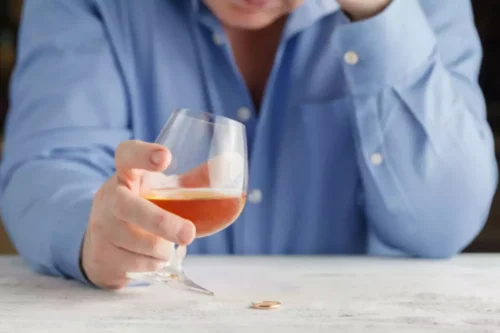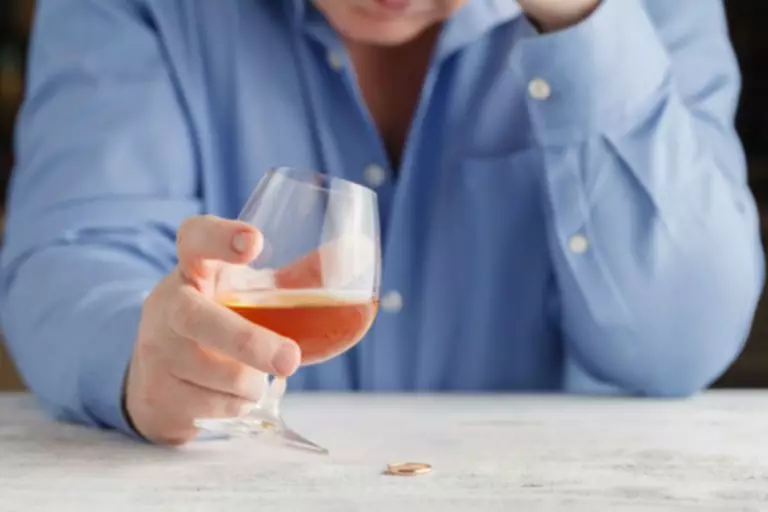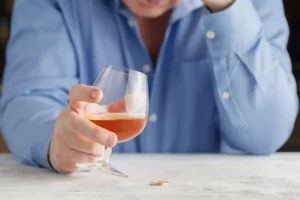
Emergency hospital care has improved so that people are more likely to survive serious injuries from car accidents. Perhaps MADD’s greatest success occurred in 1984 when it got President Ronald Reagan to sign the Minimum Legal Drinking Age Law raising the legal drinking age to 21. Legislation should stipulate upper BAC limits for drivers at a maximum of ≤ 0.05 g/dL or lower for the general population, and at 0.02 g/dL or lower for novice and commercial drivers. If you find yourself dealing with complex issues after a drunk driver totaled your car, know that you are not alone. Contact Morgan & Morgan for a free, no-obligation case evaluation to get started and take the first step towards moving forward with your life. Your decision to hire the right lawyer now can go a long way toward recovery of payments for compensation like medical bills, lost wages, and other expenses.
Driving risk assessment under the effect of alcohol through an eye tracking system in virtual reality

Others argue that crime is only punished because it is different from normal behavior, and deterrence is an excuse, rather than a true empirical relationship. Even in the 1980s, the movement seemed unlikely to succeed and many researchers questioned whether it constituted a social problem at all. Persons who serve alcoholic beverages are also stakeholders to the extent that they should be responsible for not serving excess alcohol to drivers.
Publications
Similarly, a Home Office analysis of lifetime criminal careers found that the ratio between official criminal convictions and self-reported crime was 39 to 1 (for shoplifting, the ratio was nearly 77). Many offenders may cost the government more when incarcerated but cost the public more when they are in the community, even including how much prisons cost to the taxpayer. The United Kingdom’s Ministry of Justice occasionally conducts self-report surveys of criminality among representative samples of current prisoners. In the most recent, 74 percent of offenders acknowledged they had committed an offense for which they had not been caught in the year prior to imprisonment.
- My grandfather reduced, although did not quite eliminate, his drunk driving following one occasion when a police officer spotted him driving far too slowly home from one such event.
- 12 The Fatal Analysis Reporting System (FARS) defines an alcohol-impaired driving crash to be one that involves a driver with a BAC of 0.08 g/dL or higher.
- 14 Binge drinking was defined in this study as five or more drinks for men and four or more drinks for women during one or more occasions (i.e., typically over a period of 2 hours) in the previous month (Flowers et al., 2008).
- If your car was totaled after being hit by a drunk driver, you need a personal injury attorney to help you to determine the extent of your damages.
The utility of telematics data for estimating the prevalence of driver handheld cellphone use, 2019–2022
- Because crime is normalized, and indeed they face the prospect of being victimized themselves, they will not feel as much guilt in participating.
- A stinging fine or temporary driving license ban is easier for courts to apply with public support.
- With respect to race and ethnicity, the groups that are consistently reported as having the highest risk of alcohol-impaired driving are American Indian or Alaska Native (AI/AN) and white drivers (Romano et al., 2010).
- Appropriation amounts decreased each year thereafter, with $2.5 million appropriated in FY 2014; in FYs 2015 and 2016 the program was not funded at all (NASADAD, 2016).
There are a number of important behavioral and environmental factors that contribute to higher fatality rates in rural areas. Decreasing use of seat belts, for example, has been found in rural areas (Beck et al., 2017). The unique challenges and characteristics of the rural environment will be discussed as important considerations in the design and implementation of interventions throughout the report.

Car Safety Features
6 Nonalcoholic social drinkers were defined in the study described by Aston and Liguori (2013) as moderate drinkers who (1) consumed 1 to 4 alcoholic beverages at least twice per week, with each drink containing the equivalent of 1 oz. Of 80-proof (40 percent) alcohol; (2) consumed an average of 4 to 10 drinks at a party; (3) were able to consume at least 6 to 7 drinks on a single occasion (as required for the experimental procedure); and (4) had been intoxicated 2 to 12 times during the past year (Huber et al., 1976; Lansky et al., 1978). When the campaign began in late 1988, annual alcohol-related traffic fatalities stood at 23,626.
Driver training conditions affect sensitivity to the impairing effects of alcohol on a simulated driving test

This is equivalent to almost one-third of the number https://ecosoberhouse.com/ of alcohol-impaired driving crash fatalities during that year. Furthermore, research suggests that alcohol is an increasingly significant factor to account for in the growing number of fatalities involving distracted driving. From 1999 to 2008 the proportion of distracted drivers involved in a fatal crash who were also drinking alcohol while driving increased from 26 to 30.8 percent (Wilson et al., 2013). The FARS collection of data on distracted driving has several gaps and weaknesses; see Chapter 6 for a detailed discussion of these limitations. In the United States an adult driver is considered to be alcohol impaired by state law when his or her BAC is 0.08 grams per deciliter (g/dL) or higher.8 The term driver can refer to the operator of any motor vehicle, including motorcycles, passenger cars, light trucks, and large trucks. As discussed in Chapter 1, over the past four decades there have been significant reductions in alcohol-impaired driving, particularly from the 1980s to the early 2000s (Voas and Lacey, 2011).
Many drivers, similar to my grandfather, might have altered their behavior after experiencing near misses where they were stopped by police and marginally passed a breathalyzer test. The Washington study measures the effectiveness of the sanctions by how much more it reduced recidivism than a near miss – but if near misses also reduce drunk driving then the impact was undercounted. On top social drinking and drinking problem of that, many drivers, deterred by the prospect of being tested and sanctioned, could have avoided driving anywhere close to the limit at all. As drunk driving prevention became a greater policing priority, the sanctions for drunk driving, and especially causing death by dangerous driving, were increased substantially, eventually including extended prison sentences.
Investigating the impact of temporal instability in smart roadway retrofitting on terrain-related crash injury severity
Between 2000 and 2013 the United States reduced overall crash deaths by 31 percent, while the average reduction among comparable high-income countries was 56 percent (CDC, 2016). In addition, evidence suggests that consumption of drinks combining alcohol and energy drinks hinders a person’s ability to estimate their level of impairment (Forward et al., 2017). Economic Co-operation and Development (OECD), the Centers for Disease Control and Prevention (CDC) found that the percentage of motor vehicle crash deaths involving alcohol-impaired driving in the United States, 31 percent, was the second highest among 19 OECD countries (Sauber-Schatz et al., 2016). While international comparisons may help to draw attention to progress made in reducing alcohol-impaired driving in similarly developed and motorized countries, there are many limitations for such comparisons (O’Neill and Kyrychenko, 2006). Rural populations also suffer a much higher fatality rate from motor vehicle crashes (alcohol related and non-alcohol related) than urban residents.
